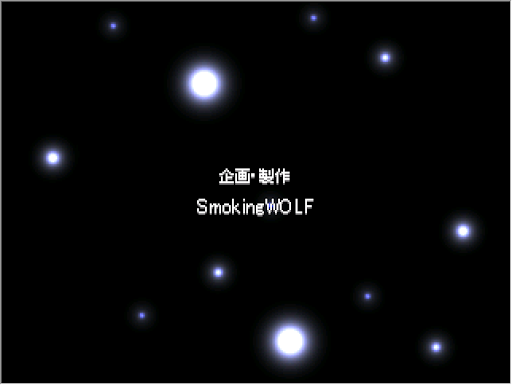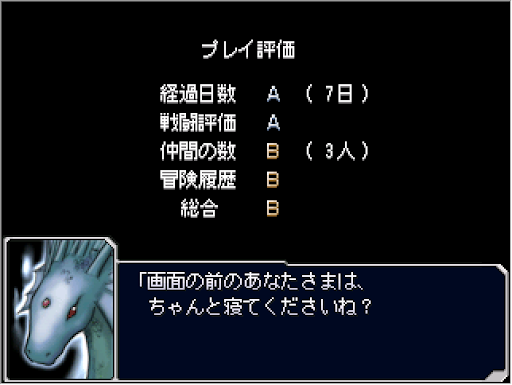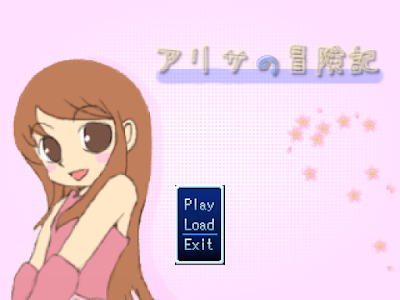Silfade Gensoutan (3) — End
I beat the game! I'm not going to continue with the plot summary because it goes some unexpected places; suffice to say that it stays interesting until the end.
Instead, I'm going to talk about something else: the surprising extent to which this game is a spiritual predecessor to One Way Heroics.
Firstly, consider the Force system. Despite the change in genres, it works essentially the same way: each Force power, in addition to a FORCE/SP cost, requires one or more stacks of Concentration, which are gained by spending an action (Gensoutan) or turn (One Way Heroics) Concentrating. Stronger powers require more stacks of Concentration. Many, perhaps even most, of Gensoutan's Force powers made the transition; it's hard to be entirely sure when I played one game in Japanese and the other in English, but I recognized Force Flame, Force Lightning, Force Heal, and the attack buff from OWH.
Itemization, too, is more or less identical. The player character has a maximum carry weight based on their strength; consumables and accessories always (or usually, in OWH's case) weigh a single point each, while equipment weighs multiple; high-end store-bought weapons and armor like the Gigant Plate are the heaviest, exceeding 10 units. I found inventory management brutal in OWH but practically irrelevant here, never once exceeding the cap despite hauling around heavy gear, a backup sword, a bunch of utility items, and various loot—though my Totem, the martial Crow, has the most strength and carry weight of any of them. I mention a backup sword because weapons can break—but only weapons, and only very slowly, and they can be repaired in town for dirt cheap. A certain ultimate weapon can't be repaired at all, however.
Many items seem to have made the jump, including Bracers (accessories) like the Focus Bracer, which gives you a single permanent stack of Concentration, and the Trial Bracer, which doubles EXP gains in exchange for halving your stats (a bit less useful here than in OWH, as it only affects bonus EXP, not direct stat growth).
Without spoiling either game, some setting elements recur, including the Demon Lord's barrier that repels all but critical hits. More broadly, the "feel" of the game is similar—here, too, a lone hero races the clock across a JRPG overworld; it's just that the overworld is fixed and facing eventual, rather than continuous, destruction.
There are too many other elements in common to mention: shared enemy designs, a final rating screen where various characters grade you on your performance, and so on.
I'm interested to see which of these elements show up in SmokingWOLF's four interceding titles and which, if any, leapt straight from here to OWH.
The other game Gensoutan reminds me of is Dragon Quest 1. It's a similar setup: you wander across a basically open world gated less by flags or items than by enemies, obtain. Unlike DQ1, however, it's still a joy to play today, with breezy and distinct combat, grind-light balancing, and no puzzles that will make the weak, note-avoidant players of the 21st century bust their monitors. Where DQ1 makes one walk exactly twenty steps north and eight-and-a-half east (or wherever) from a village to grab a key item from an unmarked tile in the middle of a poison swamp, Gensoutan simply asks the player to learn and remember the name of one of the most important characters in the game. Oh, and it also has lots of keys.
If you like One Way Heroics or early Dragon Quest and have enough of a grasp of Japanese to muddle through untranslated JRPGs, give Gensoutan a shot. I might replay it myself at some point—I left multiple sidequests unfinished, saw one branch of a long-running quest that clearly has two, and may have missed an entire dungeon.







Comments
Post a Comment